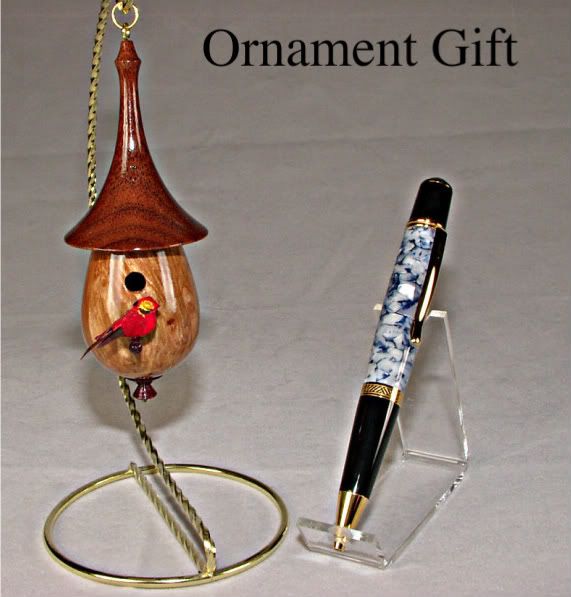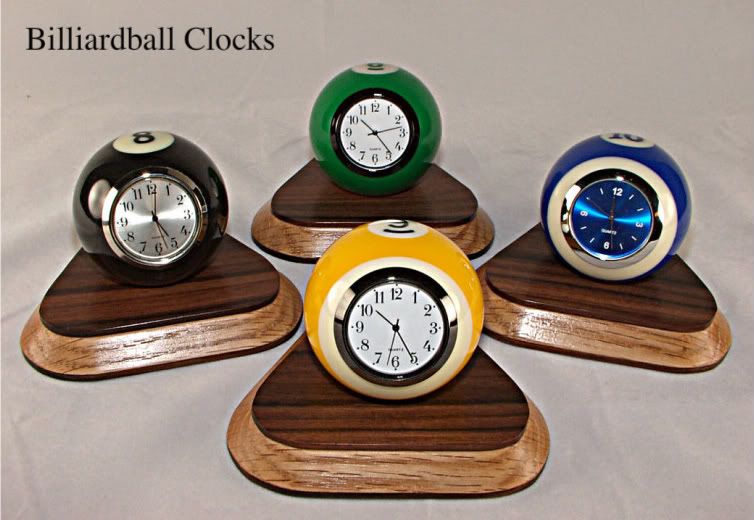- Joined
- Oct 7, 2009
- Messages
- 128
- Likes
- 16
Does anyone know of a resonable place to buy some gradient background photo paper??? I think I would like to try this with my photos. Thanks

... the paper can be draped white/gray/black or black/gray/white ...
Ours come curled. I simply use spring clamps to clamp it to the shooting surface and then I have a pole on stands that goes behind all of that. I use the same spring clamps to clamp it to that.
Ours come with a sheet of clear plastic over it. I always put that back over it when I roll it up. At least I do until they get marks on it, then I just use it and retouch the marks until I get sick of all the retouching.
Bill,
sometimes i like all black
could you tell me why this picture would look better with white/gray/black, not trying to hard headed, i am interested in your opinion which should improve my photos
I got the Varitone and got it here. http://www.phototechinc.com/graduate.htm
The guy told me he sells 100's of these everyday and does not open the tubes. He is just a middle man. They are made in Taiwain. I probably would have a fighting chance if it were rolled top to bottom but side to side is not easy to secure. I would need a ton of clamps. He suggested rolling it up the opposite way and see what happens. I told him if I damage it I am sending it back so that he is aware of the problem. They are 31"X 43" I have put this question on a few forums and it was a toss up between the two brands that Bill mentions so I went with the least expensive.
I gave up using the graduated backgrounds for 2 reasons. One was that they scratched too easily. The other reason is that white to black with "horizon line" at a certain point is not perfect for all work.
I use Thunder Gray most of the time now. In my studio it's pretty easy to control the amount of light that hits the background and where it hits. This way I can have it black, not quite black,very dark gray or even lighter gray. I can also place the faded horizon line exactly where I need it for that piece.
Of course if you shoot a black piece a fade to black has to be modified to separate the piece from the background.
When I teach using my photo booth I don't have all the light modifiers that have in my studio. I simply use cardboard to cast a shadow on the back ground. That gives me a darker back ground. If I want black I simply move the background further back. In technical terms light falls off with the square of the distance. Or simply put the further away from the light is from the background the darker it will be.
I wrote an article for American Woodturner (Summer 2002 Vol17 no2) where I used a piece of canvas. I spray painted the top 1/3 black. I then painted the lower 1/3 primer gray and faded it into the black. It didn't look very evenly faded when you stood over it but from the lower photo angle it looked as good as my expensive backgrounds.
I am sorry to hear that, John. That is the same size as my Flotone background, but a thought just occurred to me. The Flotone background is 31 inches wide and 43 inches tall, but I think that Varitone may have two different versions -- one that is 43 inches wide and the other is 31 inches. If you got the 43 inch wide version, then it probably comes in the same size tube which means that it would be rolled side-to-side. (This is just a guess on my part).
For anybody else considering getting the medium size 31 X 43 make sure that it is the tall version and not the wide one. I have not run into a situation where I needed anything wider than 31 inches. And it is much more useful to have the extra height because it allows you to play around with the shape of the sweep curve and not be forced into making it too steep.
I looked at the website and I did not notice any horizontal format background in the medium size. Why would they use a longer tube and roll it side to side). My gut feel is that the guy is blowing smoke -- no physical address -- and claiming to sell hundreds of graduated backgrounds daily? -- not very likely. Since he does not have a physical presence, it is probably a one man operation in a self-storage warehouse. I tried to check him out on resellerratings.com, but can't verify the results that I got. There are many fly-by-night companies in the photo business that go under a number of different names and that is what popped up when I entered the business name. However, it could also easily be that many other companies use very similar names. I wouldn't buy from him just because of the red flags that popped up in my head (no address, cheesy web site, no written policies on returning merchandise, plus your experience in dealing with the gentleman*).
I think that the curl could be removed with hot air. So give him a call and then hold the phone next to the background while he talks. That should do the trick. A less stressful thing might be to use a blow dryer -- not as much hot air, but may eventually get the curl out.
* read my mind



In the masonry section at Home Depot they sell carboard tubes for forming concrete columns. I have seen 12" diam. and 6" diam. there, but many more sizes are available...
How about blue screen? Now actually green, but still called "blue" because an earlier Kodak film had a stepwise response curve at blue. Extensively used in traveling-mat optical printing for movies.
My neighbor is a video producer, and claims he can put anybody anywhere, any time. You see this every day, on the TV weather forecasts. It can be made as weird as you like, too.
Shoot the piece in a green room, and add the separately-shot background in software. The background could even be built in software alone.
